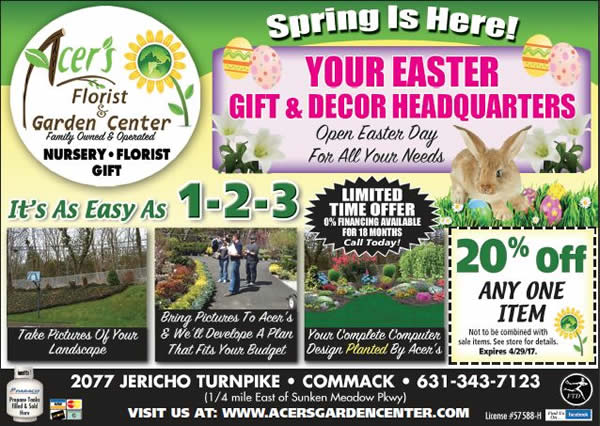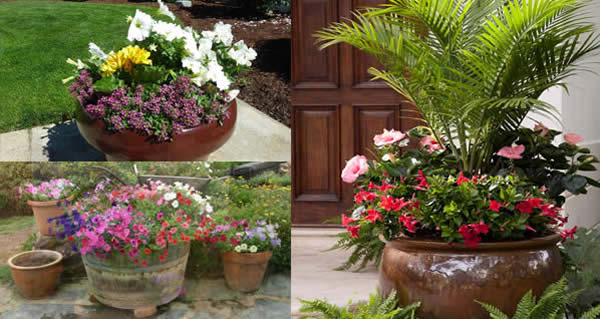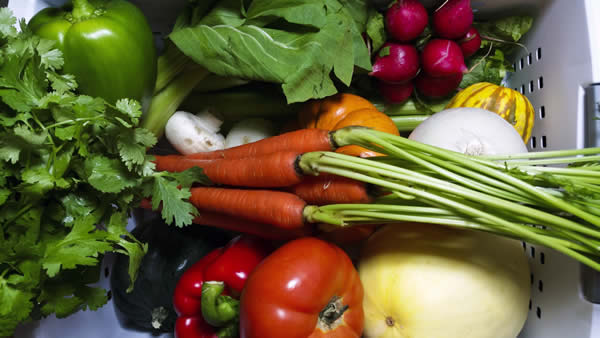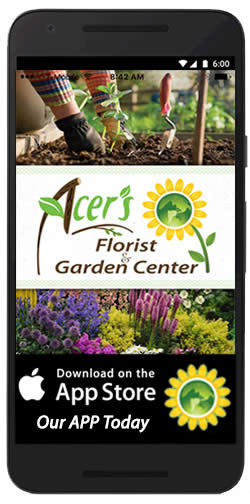
Some gardeners shy away from growing plants in containers because of endless "failure" stories buzzing in their heads. Container plantings are not difficult, but you do need to keep a few things in mind--including selection of container, type of planting mix, feeding and watering needs. These are the variables differentiating growing plants in the ground from growing them in containers.
First of all, different types of containers will lead to different types of watering needs. For example, terracotta pots are probably the most porous of the clay pots. This porosity allows the soil to dry out more quickly. Glazed pots are next in line. The glaze on the outside of the pot actually helps to keep moisture in more than a non-glazed clay pot would. Thick cement containers probably fall in line together with the glazed pots. Finally, there are plastic and some of the new composite material containers. These containers will hold the moisture far longer than the other pots.
The soil mix itself should breathe and should be light and airy. We recommend using an all organic potting soil for most plants. But be sure to use the right type of potting soil for your plant. Most plants do fine in normal potting soil, but the reason you'll see things like "cactus mix" on the shelves is that some plants have special needs.
Because plants in containers have a limited amount of soil area, they will need to be fed more often than plants in the ground. We recommend feeding most plants every two weeks with a liquid or water-soluble plant food, or every two months with a dry fertilizer. Again, some plants have different needs, so adjust as necessary for your own container garden.
Plants in containers can often suffer from dehydration, especially in the summer months of the year. Water those that need moist soil frequently, especially if your container is made of a more porous material. Drought-tolerant plants will like a pot that dries out quickly, but a water-needy plant will want to have consistently moist (but not wet) conditions.
If you let your potting soil dry out too much, the root ball will shrink and the water will run straight down the sides and out of the bottom of your container. If this happens, you will need to leave the water dripping into your container for a long enough time to rehydrate the potting soil. If the container is small enough, dunk it into a big bucket of water and let it sit there for a few minutes until the root ball expands again and properly fills the pot.
Container gardening is a wonderful way to add splashes of plants and color in all areas of your outdoor rooms, and for those with only small patios, container gardening is the only way to go. Just remember not to treat container plants exactly like in-ground plantings, and you'll be fine.
Click to print this article.
















